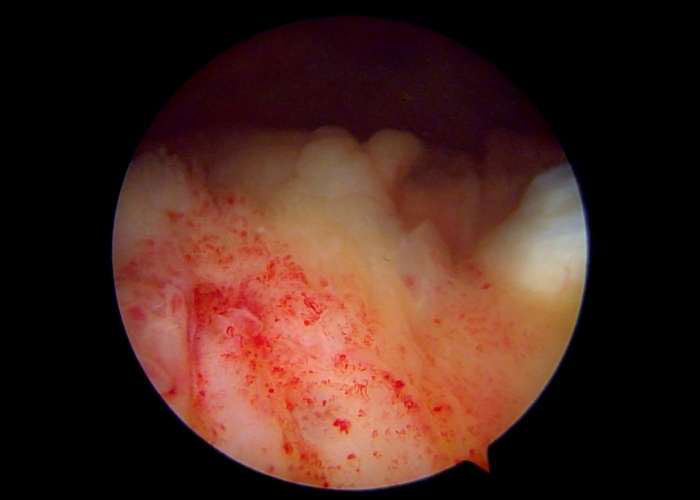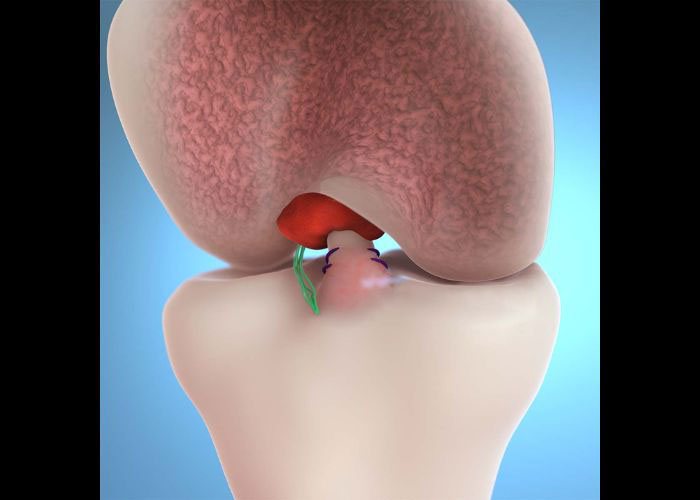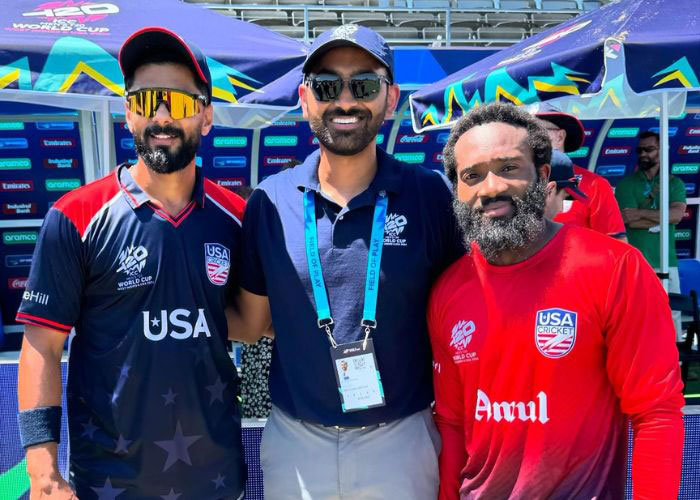What is pigmented villonodular synovitis (PVNS) of the knee?
The synovial membrane is a thin layer of tissue that lines all of the mobile joints in the body. This tissue secretes a thick viscous fluid into the joint space that reduces friction with joint movement. However, the synovial membrane in some individuals may produce an excess amount of fluid resulting in inflammation of the joint lining known as synovitis. The tumor-like growths protrude into the joint space making joint movement painful. The excessive rubbing against the articular cartilage can eventually lead to osteoarthritis or bone damage in a condition known as pigmented villonodular synovitis (PVNS). Although this condition can affect any joint with a synovial membrane, it is most prevalent in knee joints.

What is the treatment for PVNS (pigmented villonodular synovitis)?
Surgical intervention is often necessary for patients with pigmented villonodular synovitis (PVNS) as there are currently no effective conservative treatment measures available. Patients that are no longer able to perform activities of daily living are ideal candidates for surgical treatment. The inflamed synovial membrane lining is removed through an arthroscopic or open surgical technique. The extent of synovitis of the knee joint as well as the patient’s age, activity level, and desired recovery goals are considered when formulating the appropriate treatment plan. Dr. Ronak Mukesh Patel, orthopedic knee doctor, treats patients in Sugar Land, Pearland, and the Houston, Texas area, who have experienced pigmented villonodular synovitis of the knee and are in need of a synovectomy.
How is a synovectomy performed?
Dr. Patel prefers the minimally invasive arthroscopic technique when performing a partial synovectomy for localized pigmented villonodular synovitis (PVNS) of the knee joint. Prior to the procedure, anesthesia is administered, and the patient is situated into the appropriate position. Dr. Patel begins by making a number of small incisions surrounding the knee joint and a small camera (arthroscope) is introduced through a portal. Dr. Patel methodically examines the bones, ligaments, tendons, and cartilage of the knee joint through the transmitted images. Specialized surgical instruments are then inserted to excise and remove the inflamed portions of the synovial membrane lining. The corrections for any other knee conditions documented during the exam can be performed at this time.
However, Dr. Patel may favor an open surgical approach over an arthroscopic repair for patients with diffuse or complex PVNS. The slightly larger incision created for open surgery allows Dr. Patel to visualize the entire knee joint while conducting the necessary revisions. In certain instances, Dr. Patel may combine both the arthroscopic and open surgical techniques to provide the best recovery outcome for the patient.
How long is the recovery period after a synovectomy?
The recovery period following a synovectomy of the knee joint can vary depending on the extent of the synovitis and the specific surgical technique performed by Dr. Patel. Most patients can expect a full recovery with a return to their normal daily activities in approximately 3 to 4 months. The recovery process can be greatly affected by a patient’s compliance with the post-operative care instructions set forth by Dr. Patel. The following can be anticipated by patients in the Houston, Texas area:
- To allow proper healing of the knee joint, full weight-bearing should be avoided for 4 to 6 weeks.
- Knee movements will be performed with the guidance of a physical therapist to make certain particular knee movements are avoided.
- Active participation and completion of the physical rehabilitation program designed by Dr. Patel is the key to a successful recovery following synovectomy of the knee joint. This physical therapy program will focus on strengthening the surrounding knee joint muscles and improving range of motion of the knee joint.
PVNS Treatment Doctor

If you have been diagnosed with knee PVNS or pigmented Villonodular Synovitis, the best treatment option is called a synovectomy. PVNS treatment surgeon Doctor Ronak Mukesh Patel, provides diagnosis as well as surgical expertise in knee synovectomies for patients in Houston, Sugar Land, and Pearland, TX who have pain and swelling caused by knee PVNS. Contact Dr. Patel’s team today!








